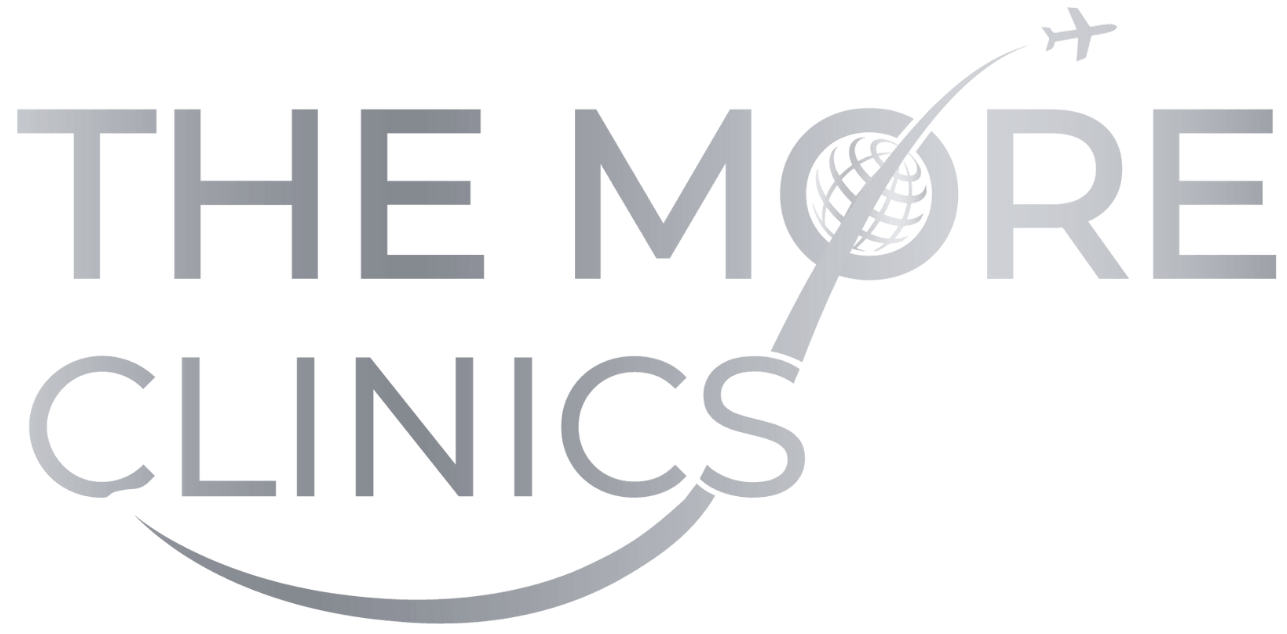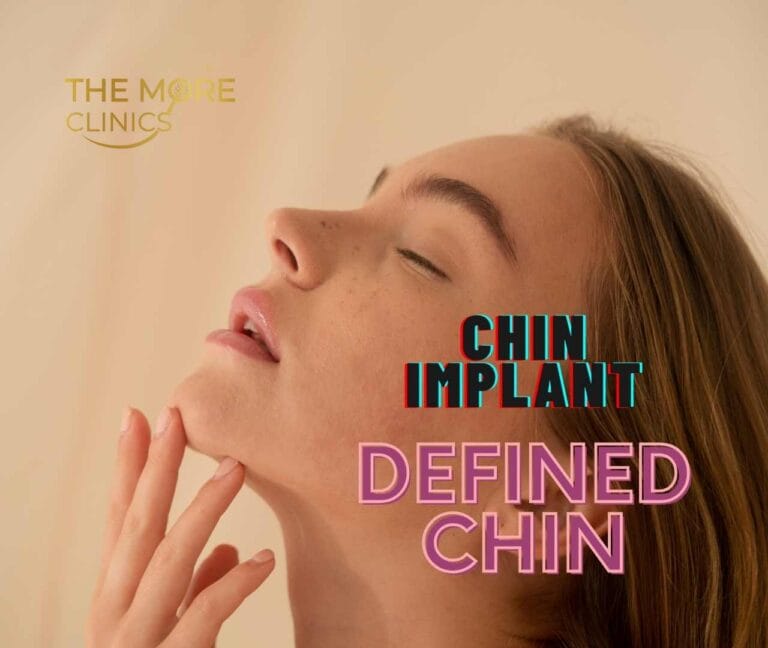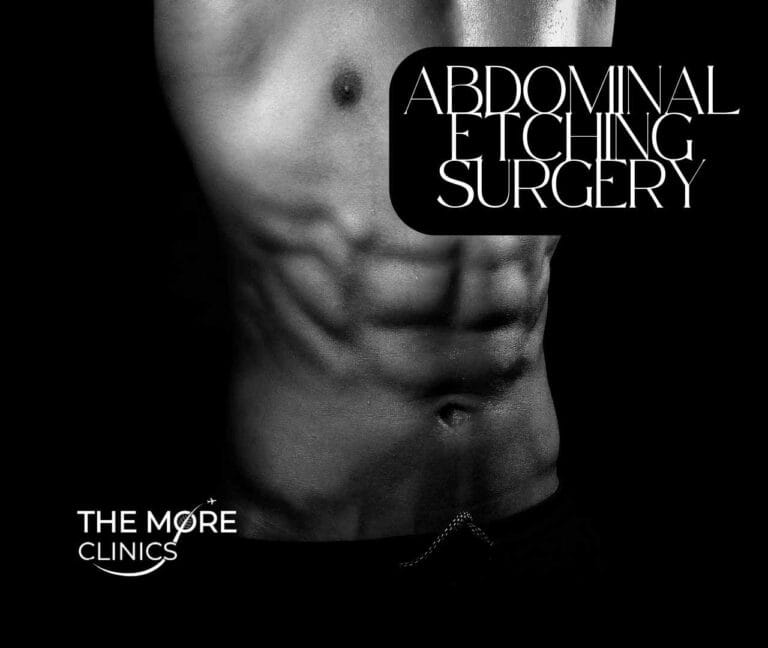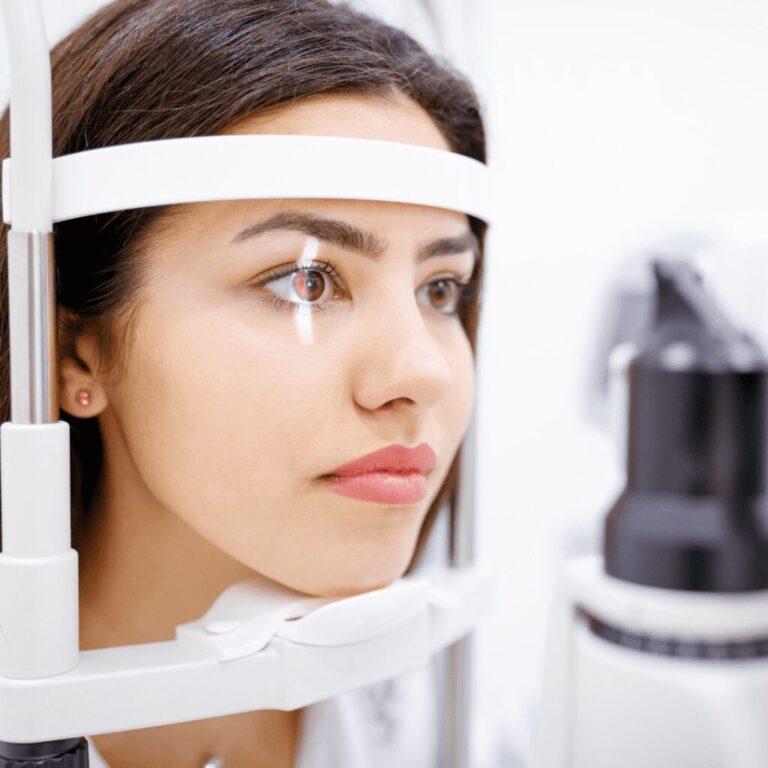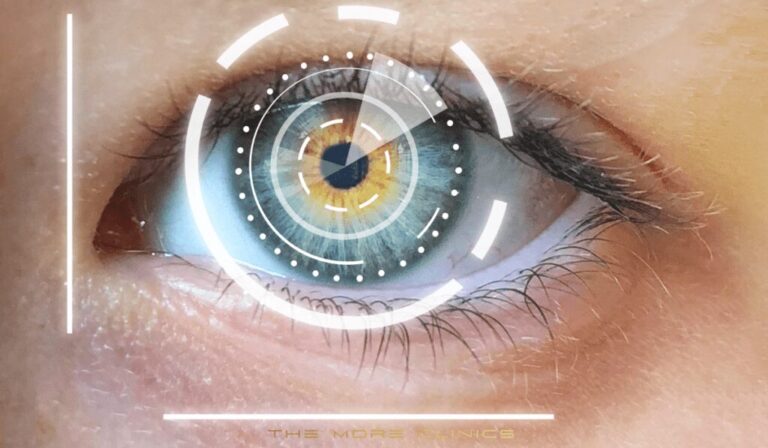Canthoplasty (Cat Eye Surgery or Canthopexy)
Canthoplasty, colloquially known as Cat Eye Surgery or Canthopexy, is an increasingly popular cosmetic procedure worldwide. Also referred to as Fox Eye Surgery or Lateral Canthoplasty, it cleverly tweaks the shape of your eyes to achieve that uniquely attractive, elongated look, reminiscent of a cat or fox. In this article we will explore from candidacy, step by step procedure, and recovery through to cost and safety. Additionally, as an popular and cost-effective option we will explore Canthoplasty Turkey.

What Is Canthoplasty (Cat Eye Surgery)?
Canthoplasty, often referred to as Cat Eye Surgery or Almond Eye Surgery, is a transformative cosmetic procedure designed to create an alluring, almond-shaped eye appearance.
Canthoplasty is a surgical procedure that effectively addresses sagging lower eyelids or enhances the contour of round eyes, resulting in a beautifully uplifted and coveted almond shape.
By surgically changing the corner of your eye, Canthoplasty can give you a more attractive and refreshed look. It’s an excellent choice for people who want to enhance their eyes without having any other facial features changed – which is why it’s becoming increasingly popular!
How Popular is Cantoplasty?
The fox eye trend is making waves in the beauty industry, capturing the attention of many women. It has gained popularity as young female celebrities like Kendall Jenner, Bella Hadid, and Megan Fox showcasing their almond-shaped eyes. These celebrities have become style icons, and their influence on social media platforms is undeniable.
However, it’s important to note that achieving the desired fox eye look requires more than just winged cat-eye eyeliner. While makeup techniques can enhance the appearance of the eyes, they can’t magically “lift” them.
The allure of almond-shaped eyes can be traced back to ancient times, with figures like Cleopatra in ancient Egypt being celebrated for their captivating gaze. This iconic eye shape continued to captivate throughout the years, with Marilyn Monroe becoming an epitome of beauty in the 1950s. Today, international runway models continue to enchant with their almond-shaped eyes, showcasing their stunning allure.
Candidacy: Is Cat Eye Surgery Right for You?
- Individuals with droopy lower eyelids, or ‘scleral show’, where an excessive amount of the white part of the eye is visible below the iris.
- Those with wider eyes that surpass the width of the mid-face, causing a disproportionate facial appearance.
- People with round eyes who desire an almond-shaped or cat-like appearance.
- Individuals with aging eyes where eyelid skin has lost elasticity, resulting in sagging.
- Those with ‘negative vector’ eyes, where the lower eyelid is set further back than the upper cheek, often resulting in a prominent eye appearance.
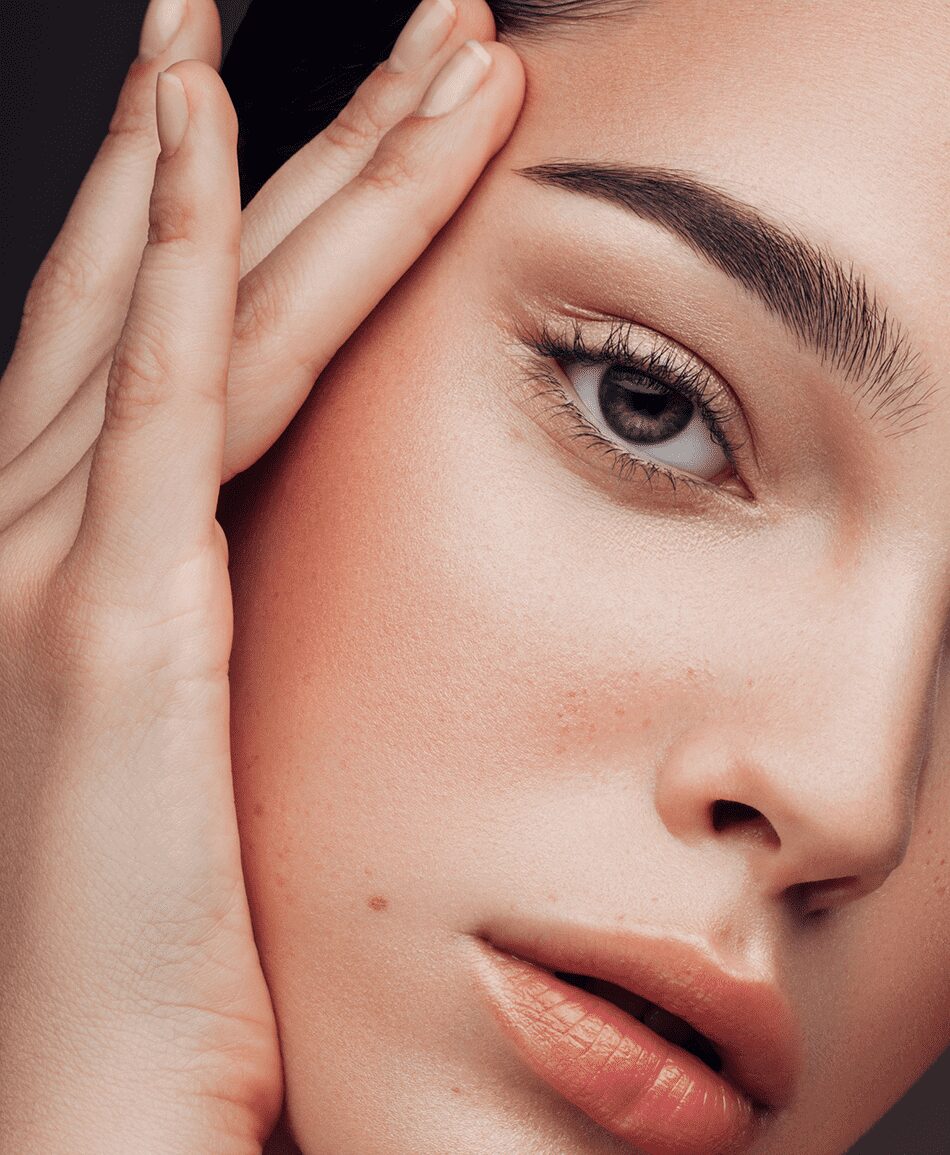
It’s crucial to consult with a qualified healthcare provider or plastic surgeon to determine if you are a suitable candidate for Canthoplasty.
Candidates for Canthoplasty may benefit from a combination with other cosmetic procedures such as Blepharoplasty (eyelid lift), Canthopexy, Eyebrow Lift or brow reshaping, Facelift or Necklift.
Differences Between Blepharoplasty and Canthopexy
It’s important to note that while Canthoplasty and Blepharoplasty are often performed together, they are two distinct procedures with different objectives.
Key differences:
- Canthoplasty focuses on the lateral canthus or corner of your eyes, where the upper and lower eyelids meet, whereas Blepharoplasty targets fat deposits in the eye area aswell as excess skin, in order to create a more refreshed look.- Canthoplasty is a more complex procedure compared to Blepharoplasty, since the canthus is an area that requires delicate handling.
- Unlike Canthoplasty, Canthopexy doesn’t involve any cutting or re-shaping of the corner of your eye. It’s a simple procedure that only requires repositioning and fixating the droopy eyelid, usually with sutures.
Step-by-Step Procedure
Canthoplasty is a surgical procedure that typically takes about one to two hours to complete, depending on the complexity of the case. The procedure is usually performed under local anesthesia with sedation, although general anesthesia may be used in more complicated cases. Here’s a step-by-step overview of a typical Canthoplasty procedure:
- Preparation: The surgeon will mark the patient’s eye area to indicate where the incisions need to be made. This is followed by anesthesia administration.
- Incisions: The surgeon makes an incision at the outer corner of the eye (at the lateral canthus). This is done to access the lower eyelid’s tendon.
- Reshaping: Once the tendon is accessible, the surgeon can adjust and tighten it. This adjustment creates the desired upward slant of the eye’s outer corner.
- Closure: After reshaping, the surgeon will close the incision using sutures. These sutures may be either absorbable or non-absorbable.
Potential Benefits of Canthopexy ?
There are numerous benefits to having Canthoplasty, ranging from cosmetic enhancements to improvements in self-confidence. Here are some of the potential benefits:
- Enhanced Appearance: Canthoplasty can rejuvenate the eye area and give a more youthful, vibrant, and refreshed look, making it a popular procedure for individuals seeking to enhance their overall facial appeal.
- Improved Self-Esteem: The transformation that comes with Canthoplasty often correlates with an increase in self-confidence. Patients usually feel more satisfied and confident with their appearance following the procedure.
- Complementary to Other Procedures: Canthoplasty can be performed in conjunction with other facial cosmetic procedures like Blepharoplasty, face-lifts, or brow lifts to achieve a comprehensive facial makeover.
- Correction of Structural Issues: Besides enhancing the appearance, Canthoplasty can also correct structural abnormalities of the eyelids, such as droopiness or sagging that results from aging or previous surgeries.
What Are the Risks of Canthopexy?
While Canthoplasty is generally considered safe, as with any surgical procedure, it involves certain risks and potential complications.
- Scarring: Although surgeons take meticulous care to make incisions as discreet as possible, there is always a risk of visible scarring. However, given the location of the incisions, any scars are typically well-concealed within the eye’s natural contours.
- Infection: Despite the sterile environment, there is always a slight risk of infection post-surgery. This can usually be managed with antibiotics if detected early.
- Bleeding and Bruising: Some level of bleeding and bruising is expected post-surgery. However, excessive or prolonged bleeding could pose a risk and needs immediate medical attention.
- Change in Sensation: Temporary numbness or altered sensation around the operative area is common. In rare cases, this can be permanent.
- Asymmetry: There’s a risk that the eyes might not be perfectly symmetrical post-surgery, despite the surgeon’s best efforts. In some cases, a revision surgery might be required to correct this.
- Dry Eyes: This is a common temporary side effect, but in rare cases, it could persist.
- Vision Changes: While very rare, there have been cases where the patient’s vision is affected following Canthoplasty.
It’s crucial to discuss any concerns with your doctor before the procedure, and you should always choose a certified and experienced surgeon to minimize these potential risks.
Recovery Timeline of Cat Eye Surgery
Canthopexy recovery time can vary from individual to individual, based on the complexity of their surgery and their body’s healing capacity. Here’s a general timeline:
- Week 1: Patients may experience minor discomfort, swelling, and bruising around the eye area. Cold compresses can help reduce swelling. Avoid eye-straining activities like reading, watching TV, or using computers.
- Week 2: Most patients experience significant improvement in discomfort and swelling. Sutures, if not absorbable, are usually removed in this week. You may gradually resume non-strenuous activities.
- Week 3-4: By end of the month, most, if not all, swelling and bruising should have subsided. Patients can usually return to their normal routine, including exercise.
- Month 2 onwards: The final result of the surgery starts becoming visible as the healing progresses. Minor swelling may persist for a few more months but is usually unnoticeable to others.
Here are some tips for a smoother recovery from Canthopexy:
- Follow Post-Operative Instructions: Ensure you follow all the post-operative instructions provided by your surgeon, including medication schedules, eye care, and follow-up appointments.
- Keep Your Head Elevated: To minimize swelling, try to keep your head elevated as much as possible, especially during sleep.
- Avoid Strenuous Activities: Refrain from heavy lifting, vigorous exercises, and other activities that might increase blood pressure in the eyes.
- Protect Your Eyes: Wear sunglasses to protect your eyes from the sun and wind. Avoid areas that are dusty or where there is a risk of foreign objects getting into the eyes.
- Healthy Diet: Consuming a balanced, nutrient-rich diet can promote faster healing.
- Stay Hydrated: Drink plenty of water as hydration is key to recovery.
- No Smoking: Smoking can impair the healing process. It’s best to quit or, at the very least, refrain from smoking during the recovery period.
- Patience: Remember, healing takes time and it’s normal for the recovery process to take several weeks. Patience is key.
How Much Does Canthoplasty (Cat Eye Surgery) Cost Worldwide?
The Canthoplasty cost can vary broadly, depending on several factors such as the surgeon’s expertise, the complexity of the procedure, and the geographical location.
As a cosmetic procedure, a cat eye lift is not covered by insurance since it is elective. However, if it is necessary to address a medical issue like chronic dry eyes, there may be some coverage available.
The Canthoplasty cost in the United Statesranges from $4,000 to $6,000.
The Canthoplasty cost in Europe, the cost can range from €7,000 to €9,500.
The Canthoplasty cost in the UK is typically between 6000 GBP to 8000 GBP
However, in countries like Turkey, renowned for its advanced cosmetic surgery industry, the cost may be considerably lower.
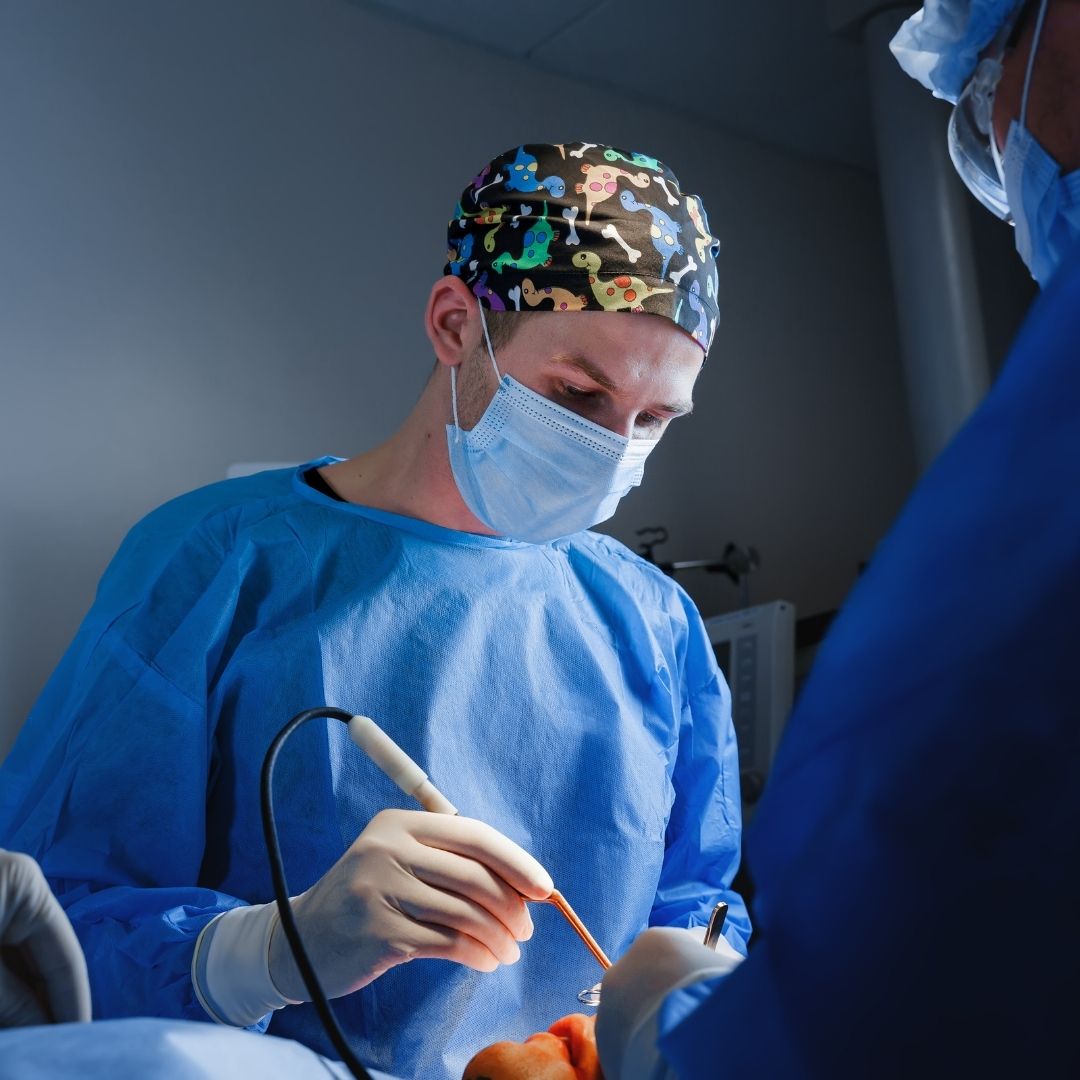
How Much Does Canthoplasty Cost Turkey?
If you’re considering Canthoplasty Turkey, we provide detailed information on the costs associated with this procedure in this thriving medical tourism destination.
The Canthoplasty cost Turkey depends on various factors, such as the expertise of your surgeon, the complexity of the procedure and other related medical costs. Generally, the cost for a basic Canthoplasty cost Turkey is between 2200 Euros to 3500 Euros. However, this range can vary depending on each individual’s needs and aesthetic goals.
Generally these canthoplasty cost Turkey comes with a package which includes:
- Pre-operative consultation
- Canthoplasty Turkey Surgery fees
- Follow up consultations
- All prescribed medications, anesthesia and medical supplies.
- Hotel Accomodations
- Transportation
- Translation Services
Last Words from The More Clinics
Canthopexy is a surgical procedure focused on enhancing the appearance of the eyes. The recovery period varies among individuals and requires adherence to post-operative instructions, adequate rest, and a nutritious diet. It is also important that canthoplasty must be performed by a skilled and experienced plastic surgeon or oculoplastic surgeon to minimize the risk of complications and successful results.
At The More Clinics, our highly experienced team of plastic surgeons and ophthalmologists is specialized in providing quality surgery with individualized attention for ourpatients. Contact us today to learn more and let us schedule your Free Consultation!
GET A FREE CONSULTATION!
Let’s Start Planning Your Treatment %100 Guarantee Results.

Written by The More Editorial Team and Medically Reviewed by Dr. Gökhan Bacak who specialized on Medicine and Plastic Surgery
